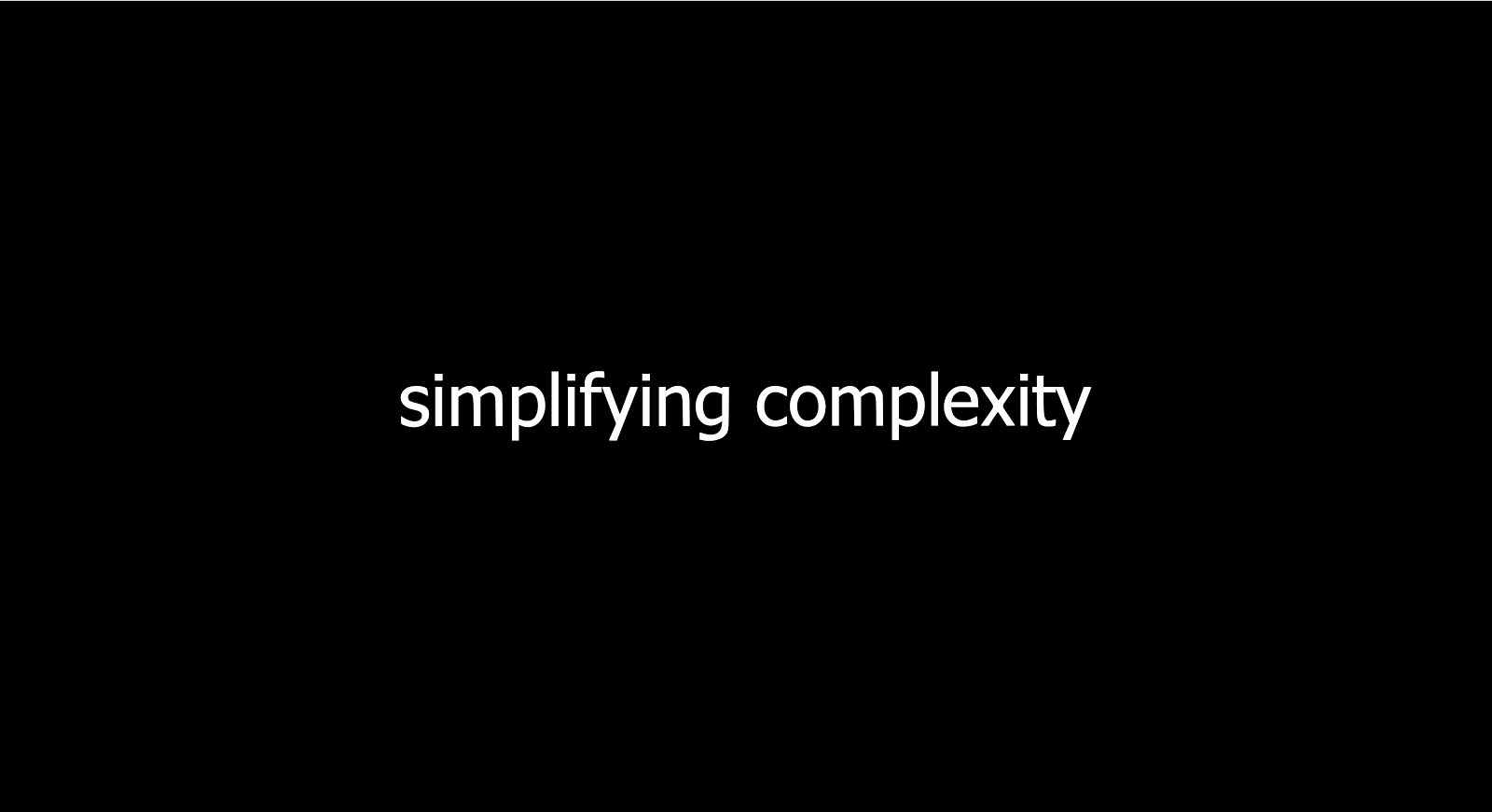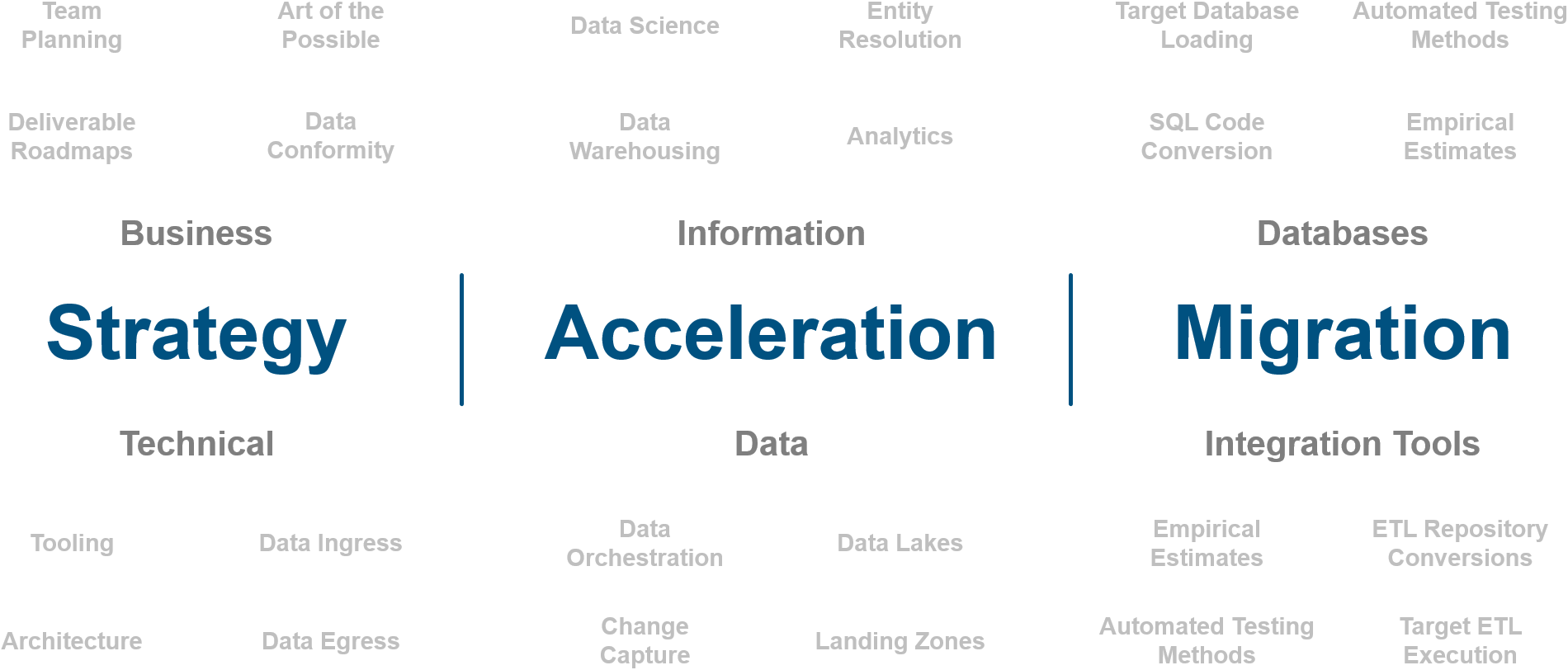
The BI Problem
Let me start by telling you a lie.
If you buy the market leading Business Intelligence tool, you’ll be able to analyze all your data. Everybody will be able to get the data they need, when they need it. When you look at a customer it will show a 360° view of your customer, and you’ll be able to drill down to see detailed reports and dashboards. You don’t have to take my word for it, you can see it happening right in front of you in a demo. Just send a sample of your data, or they’ll use their databases to show it to you.
Why is this a lie? All of those claims certainly could be demonstrated at customer sites. So where’s the lie? Well let me rephrase the pitch, but instead, I’ll do a parody pitch for what’s in this picture.
 If you buy these market leading decorations, then you’ll be able to get all the relaxation you’ll need when you need it. You can enjoy a well-lit ambiance both day and night. You’ll enjoy the benefits of running water on demand. And during stormy days you can know that you’ll stay comfortable and dry. On hot or cold days, you can rest assured that you’ll stay a comfortable 73 degrees all year long.
If you buy these market leading decorations, then you’ll be able to get all the relaxation you’ll need when you need it. You can enjoy a well-lit ambiance both day and night. You’ll enjoy the benefits of running water on demand. And during stormy days you can know that you’ll stay comfortable and dry. On hot or cold days, you can rest assured that you’ll stay a comfortable 73 degrees all year long.
Sure, that statement could be true. But as you can see, these decorations & furnishings are OUTSIDE! There is no roof, plumbing, or electricity. This is obvious to you, because you can see the whole picture.
And this is exactly what we practitioners see every day with new BI purchases… Grand aspirations from newly vested BI customers, followed by massive disappointment, when they realize that what was purchased was mostly decoration or “visualization”. The real hard work of solving the data problems is usually an asterisk during a BI demo, which business stakeholders rarely delve into while they watch.
Now, I know this comparison is a little cheesy, but I make it for good reason. If you compare the process of building your information backbone to building a house, then data integration and data management would represent the foundation, framing, plumbing, electrical, AC, and roofing. The BI would be the interior design and furnishings. When people come to your home you rarely get compliments on how good your plumbing is. But if its missing, you’re elaborate decorations would come coupled with a smelly motif.
Business Stakeholders however, are often unaware of this, and they end up building décor (Business Intelligence deployments) before the foundation of the house is even in place.
“But… We Saw a Demo”
Your BI demos are going to land in two camps, and I’m not going to make either happy in this article:
- The first will have the ability to synthesize governed SQL queries which have some kind of pre-built logic layer. The data during the demo is usually coming from a static source, like a file or a vendor’s “demo server”. The rest of the demo is a feature/function of navigating dashboards and creating governed queries. And while the Business Stakeholders are seeing the polished end result, they didn’t see the presales rep working all night to produce that result.
- The second is a BI vendor that does a demo by building content right in front of you (even with live data), to show how easy this is to do. What you don’t see in that case is that all the data is being collected and processed on the presales person’s laptop. It doesn’t dawn on the Business Stakeholders that this approach doesn’t scale to thousands of users and petabytes of data. Additionally, most Business Stakeholders don’t realize that having thousands of people building their own version of the truth can turn into a decision-making nightmare for executives.
So while #1 natively scales to thousands of governed users and petabytes of data, it’s usually slower to deploy. And while #2 is easier to deploy, it falls apart when scalability and governance are required. There are some middle grounds and nuance here, which Intricity can guide you on, but as a category this is where most vendors land.
Decoupling
The most important thing we can do is decouple the décor from the house. Or in this case decouple the BI from the Data Integration and Data Management. Once we get Business Stakeholders to take this important step mentally, we’re then on the path of actually solving the problem. And… this is where some disappointment settles in. See, you were expecting to solve this problem with 30-50K worth of décor (BI software). But now we’re talking about 200-600K worth of software and services (sometimes a lot more) to build the “house”.
 Intricity has helped assemble short and long term deployment plans which can bridge the tactical with the strategic. Sometimes building for the quick win is a bit messy, but it is possible. In other cases, Intricity has set up BI Solutions as a Service. Where we basically deliver the data-to-information factory to you for a monthly fee.
Intricity has helped assemble short and long term deployment plans which can bridge the tactical with the strategic. Sometimes building for the quick win is a bit messy, but it is possible. In other cases, Intricity has set up BI Solutions as a Service. Where we basically deliver the data-to-information factory to you for a monthly fee.
Notice that there are no pixie dust fairies here, this is the reality of building a data-to-information factory. If you want to start bringing multiple databases together and conforming your data to tell a story, this is the work you have to do. Once you’ve done that work, the BI is simply the décor. Don’t mistake my emphasis on data integration and management as a dismissal of the importance of BI. Just like our house example, people will judge your good work on the data integration and management (foundation, roof, plumbing, electrical, etc.) by the look, feel, and speed of your BI content. (home décor)
Refactoring Perspectives
Clearly, how your leadership perceives data is really at the core of a successful BI rollout. If it’s perceived as a “quick fix” issue, then your organization won’t get out of the hamster wheel of manually integrating data. Certainly, if you’re over 250 million dollars in revenue per year, you are experiencing the pain of that hamster wheel. And if you’ve reached the billion-dollar mark and are still living in that hamster wheel, you’ve got a mess on your hands.
Here’s the realization that your Executive Stakeholders need to embrace. Your organization, no matter what industry it’s in, needs to be an industry leaders in 2 categories.
- Whatever makes you money
- Manufacturing data into information
Even if you’re not in the manufacturing space, your organization is living in a giant inventory of data as a raw material. This raw material is not an asset, and for the most part it just costs you money to store, just like a raw goods inventory. To turn it into an asset you have to learn the manufacturing process of turning raw data into consumable information. If you haven’t officially invested in that process, you’re likely paying for it every day, through hordes of data analysts applying their own logic to create information out of the raw data. These analysts live in the hamster wheel because once the data needs to be refreshed, they’re back to building manual spreadsheets again. Just like manufacturing, the only way of creating economies of scale is to standardize and automate that data integration process.
Where do we Start?
Start with a low risk investment in some expertise. That’s usually my recommended best approach. Have a small SWAT team of no more than 3 people spend about 3-4 days doing Business & IT Stakeholder interviews. There are some important cultural and operational landscape questions that need to be understood in order to steer your organization successfully. This includes investments you’ve already made, the relationship between IT and Business, and the goals you have for the current and future years. Believe it or not, these have a huge barring on how success can be obtained in introducing a data-to-information factory.
This leads to a second short engagement where a Logical Solution Architecture can be presented. This is a future-state landscape plan which blueprints your future data-to-information factory, just like you would blueprint a house.
These kinds of engagements can be done for a surprisingly low level of commitment (usually measured in days), yet provide a lot of value for setting the organization on the right path.
It’s not an Emerald City, it’s a Yellow Brick Road
Getting your organization on the right path and staying on that path is something that will require discipline in a very noisy and buzz word oriented space. You’ll be presented with Emerald Cities on all sorts of horizons, but like the Big Data craze from the last few years, its mostly a new angle on existing practices. There’s no pixie dust for solving the data locality and data conformity challenges yet. Believe me, I’m looking EVERYDAY.
We at Intricity are always seeking ways to make a better mouse trap so we can speed up the data-to-information factory. I recommend that you reach out to Intricity to talk with a specialist. A short, low-risk engagement is an excellent place to start. You can find our contact info below in the last page of this whitepaper, or go to our website and register to Talk with a Specialist.
Who is Intricity?
Intricity is a specialized selection of over 100 Data Management Professionals, with offices located across the USA and Headquarters in New York City. Our team of experts has implemented in a variety of Industries including, Healthcare, Insurance, Manufacturing, Financial Services, Media, Pharmaceutical, Retail, and others. Intricity is uniquely positioned as a partner to the business that deeply understands what makes the data tick. This joint knowledge and acumen has positioned Intricity to beat out its Big 4 competitors time and time again. Intricity’s area of expertise spans the entirety of the information lifecycle. This means when you’re problem involves data; Intricity will be a trusted partner. Intricity's services cover a broad range of data-to-information engineering needs:
What Makes Intricity Different?
While Intricity conducts highly intricate and complex data management projects, Intricity is first a foremost a Business User Centric consulting company. Our internal slogan is to Simplify Complexity. This means that we take complex data management challenges and not only make them understandable to the business but also make them easier to operate. Intricity does this through using tools and techniques that are familiar to business people but adapted for IT content.
Thought Leadership
Intricity authors a highly sought after Data Management Video Series targeted towards Business Stakeholders at https://www.intricity.com/videos. These videos are used in universities across the world. Here is a small set of universities leveraging Intricity’s videos as a teaching tool:

Talk With a Specialist
If you would like to talk with an Intricity Specialist about your particular scenario, don’t hesitate to reach out to us. You can write us an email: specialist@intricity.com
(C) 2023 by Intricity, LLC
This content is the sole property of Intricity LLC. No reproduction can be made without Intricity's explicit consent.
Intricity, LLC. 244 Fifth Avenue Suite 2026 New York, NY 10001
Phone: 212.461.1100 • Fax: 212.461.1110 • Website: www.intricity.com


